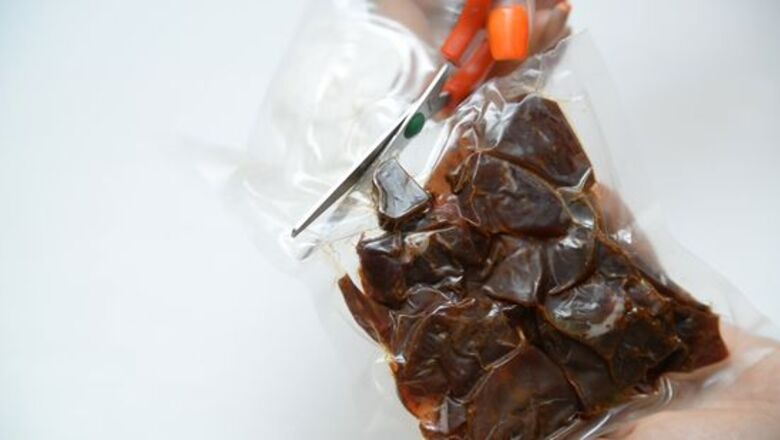
views
- Store opened biltong in a paper bag and keep it in a cool, dry place (less than 70º F or 20º C). Shake the bag at least once a day to expose all sides of the meat to air.
- Store vacuum sealed biltong in the fridge for 3-6 months and in the freezer for up to a year. Write the date you put it in on the bag and check the expiration date before eating it.
- Clean mold off of whole pieces of biltong by rinsing it with a 30% vinegar 70% water solution and wiping it dry.
Storing Biltong in a Paper Bag

Put the biltong in a brown paper bag and store it in a dry cool, place. Wet biltong can quickly go bad if it doesn’t have good circulation, so store it in a clean, dry paper bag. This not only allows air to touch the biltong, it also dries the meat out even more. Keep the bag in a dark, cool area. You can leave the bag out on the counter or in a cabinet, as long as it’s less than 70 °F (21 °C) and out of the sun. Keep the bag closed to help prevent pests. Usually, biltong is sold in slices or sticks. If you have a large piece of uncut biltong, you can store it in a paper bag or wrapped in newspaper.
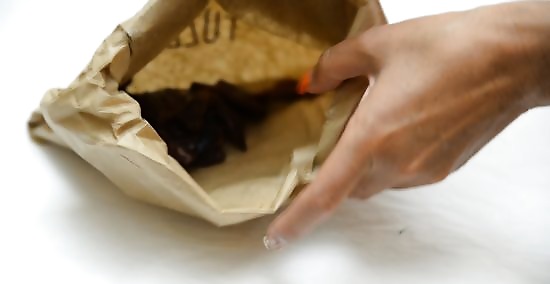
Stir the biltong every day to ensure air flow. If your biltong is very wet, shake the bag or stir the meat several times a day. For dryer biltong, like stokkies, you only need to stir it once a day. Mixing up the biltong allows all sides of the meat to be exposed to the air and reduces the risk of mold.
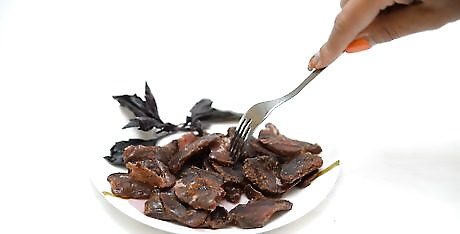
Eat the biltong within a few days. Biltong is dried and cured, which means it hasn’t been cooked and there are no artificial preservatives. Eat the biltong within a few days of opening it to prevent mold from ruining your South African treat.
Keeping Biltong in a Jar or Bowl
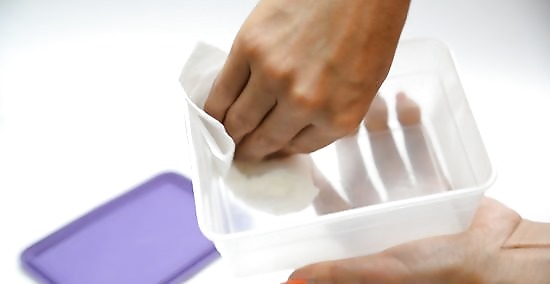
Clean and dry your container and make sure the biltong is dry. Any excess moisture will speed up the meat’s decay, so pat dry the biltong with a kitchen towel and use a completely clean, dry container. Use a wooden bowl if you can, and a plastic container only if you don’t have anything else.

Partially fill the container and cover it with a paper towel. Don’t pack the biltong too tightly and leave some space at the top of the container so there’s good air circulation. Cover the top with a paper towel or piece of cloth. If you are using a jar, seal the paper towel around the top with a rubber band. Sealing the container with a lid traps moisture and can cause the biltong to grow mold more quickly. Eat the biltong within a few days of opening to prevent it from going bad.
Putting Biltong in the Fridge
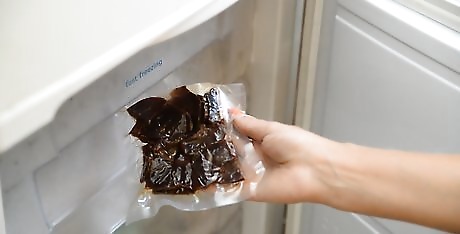
Keep vacuum-sealed biltong in the fridge to make it last longer. Unopened biltong is shelf stable and can usually last 3-6 months. To extend the shelf life, put it in the fridge. Check the best-by date to ensure you eat it before it goes bad. You can also vacuum seal opened biltong (along with 1-2 oxygen absorbers) and store it in the fridge. You can also keep open biltong in a paper bag in the fridge for around a week. Since fridges don’t have good air circulation, keep it on the counter or in a cupboard if you can.
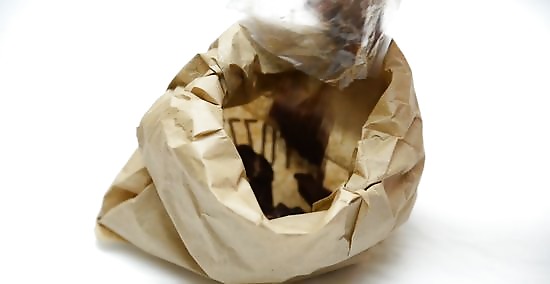
Move the biltong to a bowl or paper bag once the package has been opened. Take it out of its plastic packaging to prevent moisture build up. Store it in a paper bag, jar, or bowl.
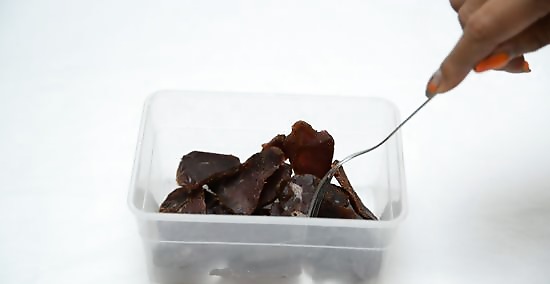
Check that it’s still good before eating. Open biltong lasts longer in the fridge, but probably not more than a week. Biltong mold is fluffy, white, or green. Since biltong is cured in salt, it may have white spots that aren’t actually mold. If they’re crusty and flake off when you scratch them with a fingernail, they’re likely just salt. Don’t eat moldy sliced biltong. Vacuum sealed biltong can also grow mold, but it takes much longer (around 6 months).
Freezing Your Biltong
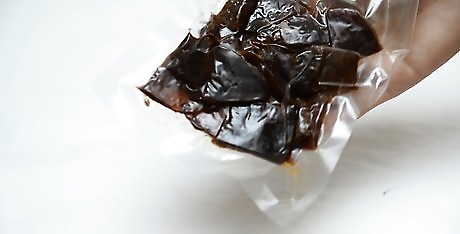
Vacuum pack the biltong or keep it in its original container. Put the meat and 1-2 oxygen absorbers in a plastic bag and remove all the air. You can vacuum pack with an automatic machine or a manual pump. If you bought it from the store in a sealed package, it is probably already vacuum-sealed. Vacuum-packing and freezing may change the texture of the biltong, but it's the best way to keep it safe.
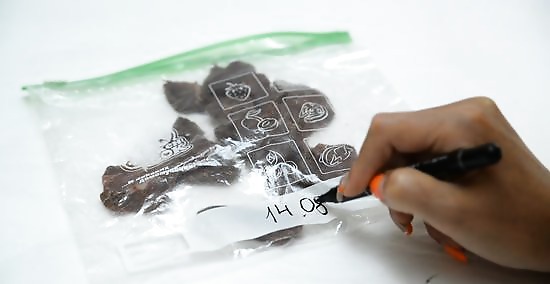
Mark the bag with the date you sealed it and place it in the freezer. This helps keep track of how long your meat has been in the freezer. It can last up to a year.
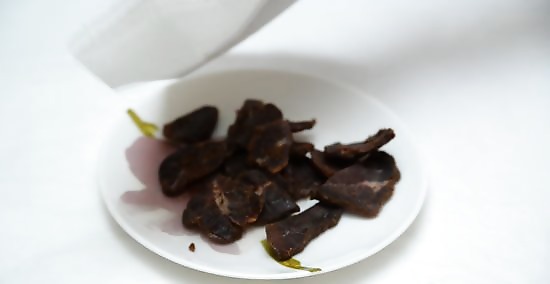
Defrost a bag when you want to eat it. As you defrost it, keep mixing it and drying it with a kitchen towel to remove moisture. You can then use the other storage methods to store it for shorter periods of time. Throw away the pack if it looks baggy instead of tight before you open it. The vacuum seal may have blown, which means the meat has gone bad.















Comments
0 comment